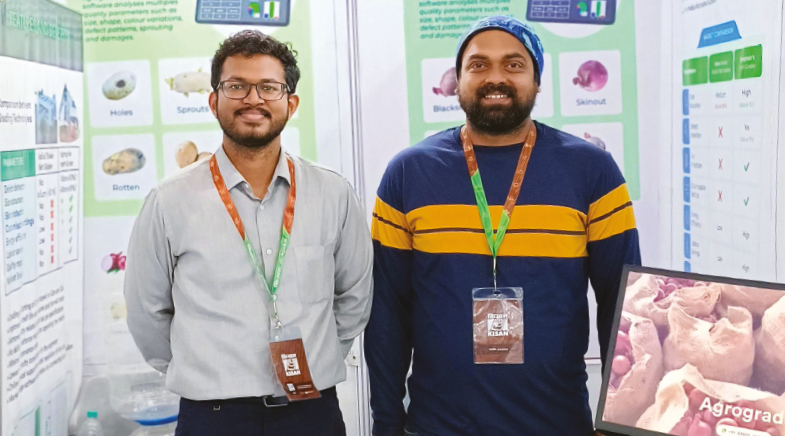The path to invisibility
-
- from Shaastra :: vol 04 issue 03 :: Apr 2025

Driven by technological advances, ubiquitous computing has seen significant progress and holds big promise, but it also faces key challenges.
howindialives.com
howindialives.com is a database and search engine for public data
Computing is quietly shifting from something we do to somewhere we live. These days, it allows refrigerators to track food supplies, street lights to adjust to traffic patterns, and smartwatches to monitor health. Computing is now embedded into a wide array of objects, making it ubiquitous. American computer scientist Mark Weiser, considered the father of ubiquitous computing, described it as "invisible, everywhere computing that does not live on a personal device of any sort, but is in the woodwork everywhere".
Ubiquitous computing was driven by a number of factors, including technological advancements (miniaturisation, network connectivity, mobile computing), and business opportunities. With the recent developments in artificial intelligence (AI), the idea promises to become even more powerful.
THE DRIVERS
Moore's Law has driven the continuous miniaturisation of computing components, with transistor counts doubling approximately every two years, dramatically increasing processing power. Similarly, MEMS (micro-electro-mechanical systems) technology has evolved to create tiny integrated devices, combining mechanical and electrical components on silicon chips. All these meant energy efficiency (longer battery life), lower cost (through batch processing) and enhanced functionality (for example, accelerometers in smartphones). It enabled embedding computing power in a wide array of objects.

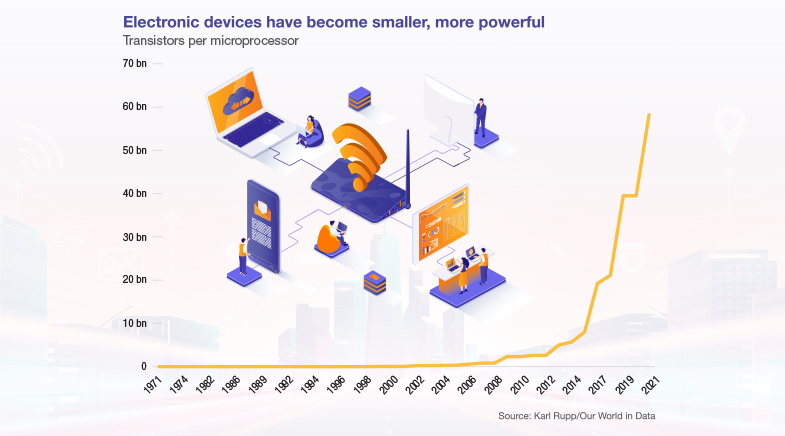
Similarly, advances in mobile network technologies (like GSM, CDMA, GPRS, 3G, and beyond), as well as the explosive growth of mobile phones, provided the initial platform for ubiquitous access to information and services, and paved the way for more deeply embedded and context-aware ubiquitous computing systems.

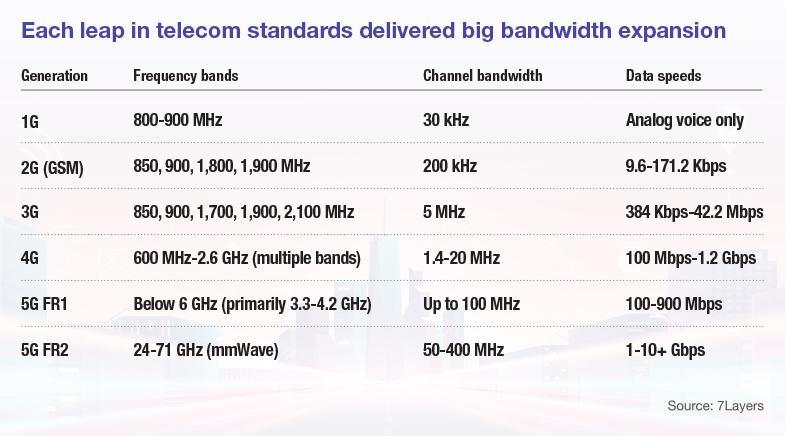
THE IOT LAYER
The Internet of Things (IoT) is at the core of ubiquitous computing. Unlike traditional computing, where a person uses a single computer, in ubiquitous computing, they use several small, often embedded computers working together. IoT provides the framework for this through its network of interrelated physical things embedded with sensors, software and other technologies that enable them to collect and exchange data.

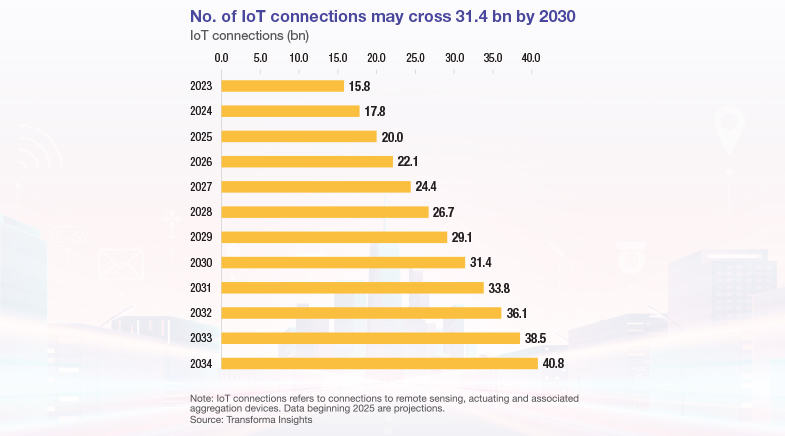
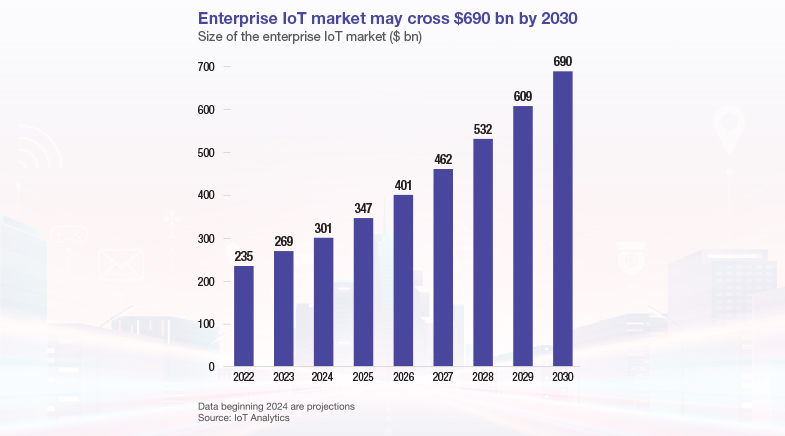
THE INVISIBLE TECH
For individual users, the benefit of ubiquitous computing will flow through technologies such as wearables and smart homes. They are interconnected and context-aware technologies, and are increasingly getting integrated into daily lives, becoming invisible, like electricity. The most profound technologies, Mark Weiser wrote in 1991, "are those that disappear. They weave themselves into the fabric of everyday life until they are indistinguishable from it."

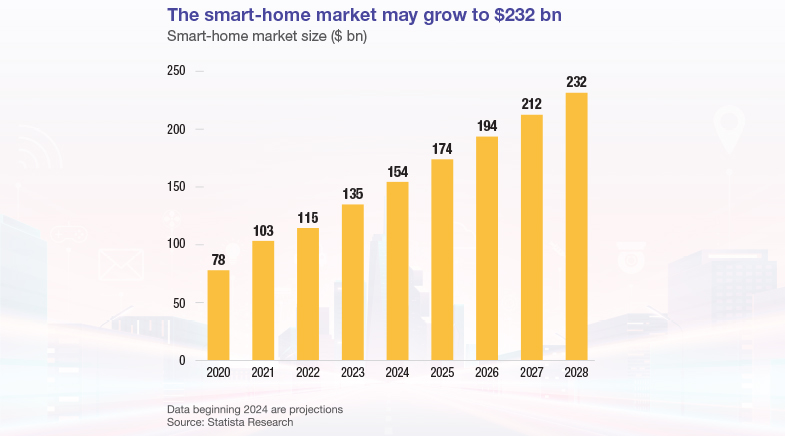
As technology advances, computing will embed deeply and seamlessly into daily lives. Independently there has been significant progress in a range of underlying technologies including chips, sensors, networking and connectivity. According to the European Patent Office (EPO), patenting activities in connectivity saw an annual growth rate of 26.7% between 2010 and 2018, largely driven by the development of 5G.
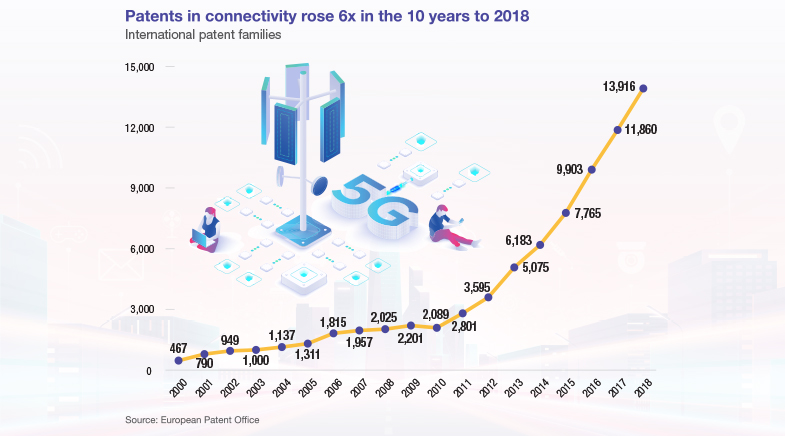
Recent developments in AI will push ubiquitous computing further — as AI gets integrated into devices such as smartphones and automobiles. Meanwhile, the higher performance requirements of AI will also push demand for cloud, resulting in a hybrid computing model. Global data centre capacity is expanding rapidly to support these AI workloads, growing from 42 gigawatts (GW) in 2023 to 50 GW in 2024, with projections showing continued strong growth to 76 GW by 2027, according to JLL.
While ubiquitous computing has seen significant progress and holds big promise, it faces key challenges. There are concerns about security and privacy due to the vast network of interconnected devices and the extensive collection of personal data. Getting a range of devices to work amidst a lack of universal standards and communication protocols continues to pose challenges. Network connectivity is not consistently reliable across environments. Finally, softer aspects of technology — designing intuitive, context-aware interfaces that are both powerful and unobtrusive, while also building user trust and control — remains a critical area. We are still some distance away from Mark Weiser's goal of building technologies "that will weave themselves into the fabric of everyday life until they are indistinguishable from it".
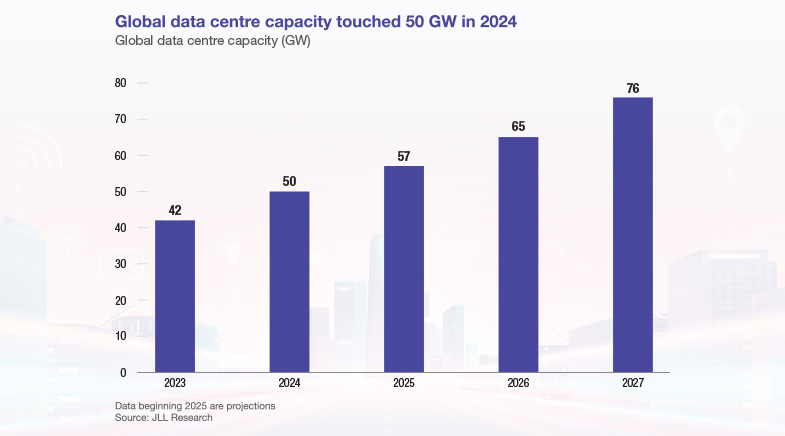
See also:
Have a
story idea?
Tell us.
Do you have a recent research paper or an idea for a science/technology-themed article that you'd like to tell us about?
GET IN TOUCH









